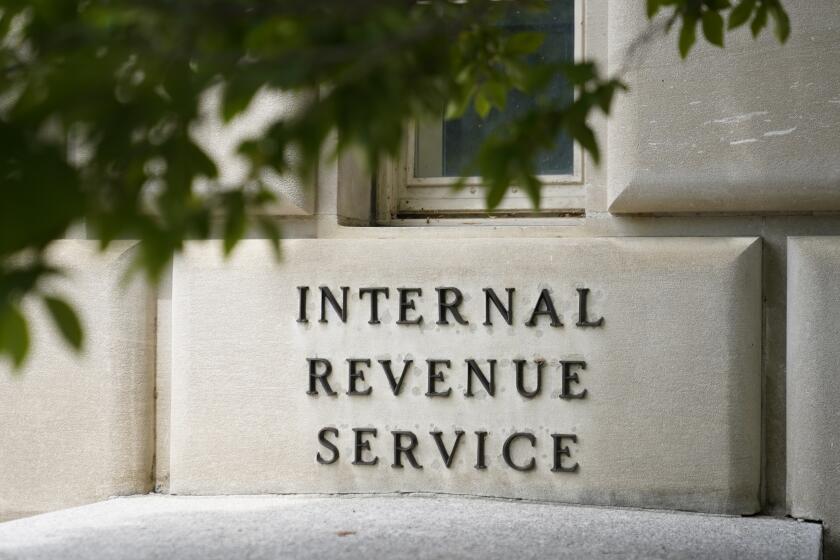CEO at American Airlines Resigns
- Share via
The chairman and chief executive of American Airlines resigned Thursday after employees forced to swallow steep pay cuts had rebelled after his failure to disclose bonuses and pensions for top executives.
It wasn’t clear, however, whether Donald J. Carty’s departure -- which he said he hoped would restore “collaboration, cooperation and trust” between management and labor -- would be enough to keep the AMR Corp.-owned carrier out of bankruptcy.
The company has said it would file for Chapter 11 bankruptcy protection unless its three unions agree to $1.8 billion in annual wage and benefit concessions.
On Thursday, the company struck a new deal with two of the unions -- representing pilots and maintenance workers -- that would shorten the time employees would have to endure concessions to five years from six. The deal also would provide cash compensation if the company met certain financial goals.
But as of late evening, American’s flight attendants hadn’t responded to the company’s latest offer. One source said the union was engaged in a “holy war” over what to do.
Following the resignation of 56-year-old Carty, the AMR board promoted Gerard J. Arpey, the company’s 44-year-old president, to CEO. Director Edward A. Brennan, a former CEO of Sears, Roebuck & Co., will become nonexecutive chairman.
A Chapter 11 filing by Fort Worth-based American would mean the nation’s two largest airlines -- No. 1 American and second-ranked United Airlines, a unit of UAL Corp. -- would be mired in bankruptcy proceedings. United filed for Chapter 11 protection in December.
About 5,000 of American’s 100,000 employees work in the Los Angeles area. The airline and its regional subsidiary, American Eagle, also account for nearly 16% of the daily flights at Los Angeles International Airport, second only to United’s roughly 20% market share.
That American could now find itself in Bankruptcy Court was unthinkable only a few years ago. In 1998, when Carty took over as head of the company, the U.S. economy was strong and the airlines enjoyed robust demand. American was a recognized favorite for business travel.
But in 2000, it all began to unravel. With the economy weakening, air travel started slipping. The industry was then sent reeling after the Sept. 11 terrorist attacks; the hijackers used two American jetliners.
As American and other carriers slashed flights and laid off tens of thousands of workers to survive, travel stubbornly refused to rebound. Those who did fly demanded cheaper fares, and American found itself losing passengers to low-fare, low-cost carriers such as Southwest Airlines and JetBlue Airways.
The bottom line: Since Sept. 11, AMR has posted combined losses of nearly $6 billion, and its stock price has plunged 90%.
Carty took the helm of American when he succeeded the retiring Robert Crandall, an innovative yet combative industry leader who had feuded with the company’s labor unions.
The more relaxed Carty, a lanky Canadian with a wide smile, was expected to bring peace to the airline’s labor relations. But he, too, had trouble.
Only a year after being named CEO, the pilots’ union objected to AMR’s purchase of tiny Reno Air because of a dispute over the pilots’ seniority levels. That touched off an illegal sickout.
But it was this month’s flap -- in which AMR kept quiet about executive perks as its workers were accepting hefty pay cuts -- that caused perhaps the biggest divide between Carty and his troops.
Meanwhile, some analysts say several moves by American’s management under Carty are largely to blame for the airline’s woes. Among them: acquiring Trans World Airlines Inc. in 2001 and buying back $2.6 billion of AMR stock in the late 1990s, when the company should have been saving for hard times.
Times wire services were used in compiling this report.
More to Read
Inside the business of entertainment
The Wide Shot brings you news, analysis and insights on everything from streaming wars to production — and what it all means for the future.
You may occasionally receive promotional content from the Los Angeles Times.











